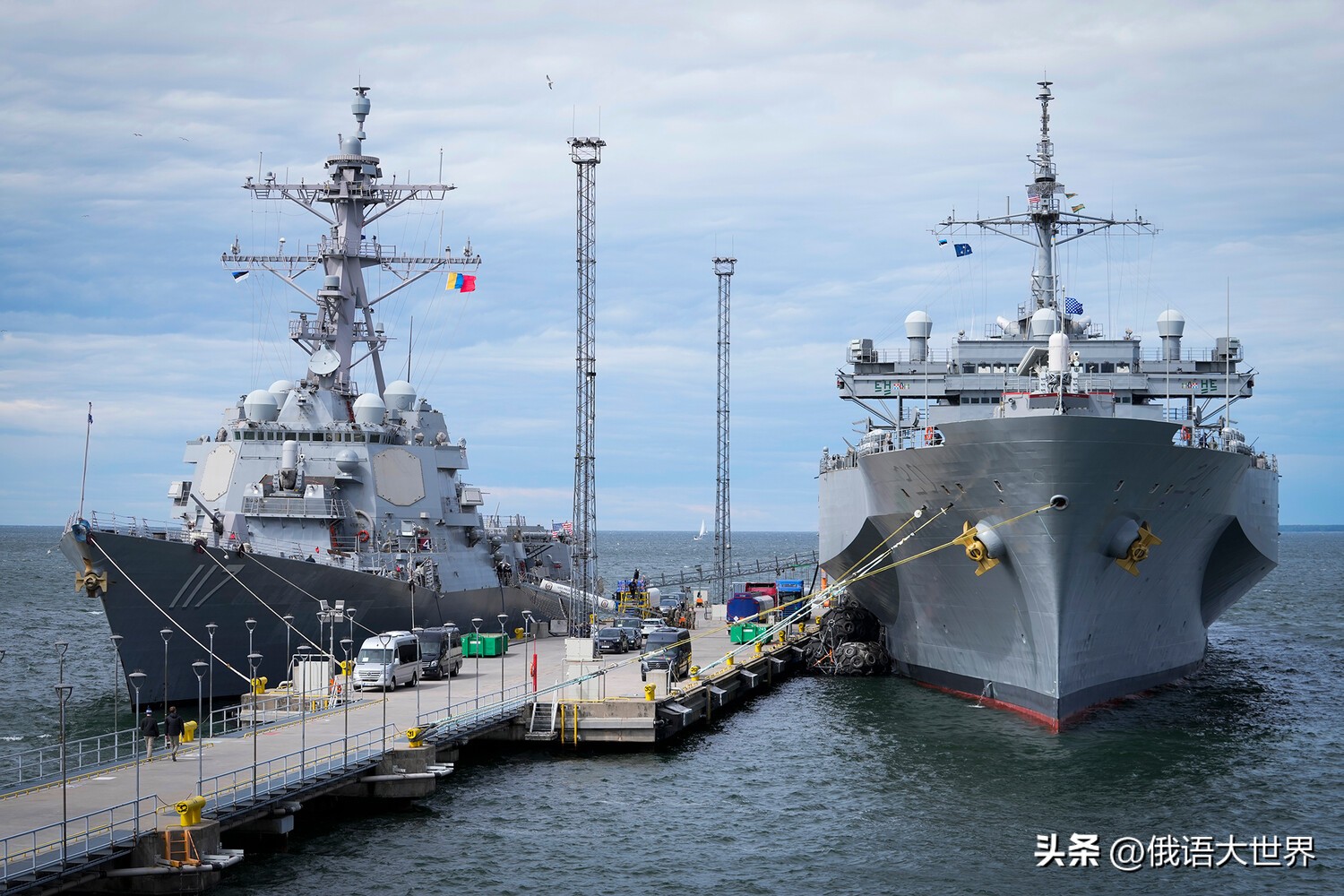
In the unified front of European countries supporting Ukraine against Russia, Poland has always been at the forefront, recklessly touching the sensitive spot of Russia. According to the Russian "Newspaper" website, recently, Polish Foreign Minister Sikorski stated at the "Baltic Security - The Common Responsibility of Democratic Nations" conference that after Finland and Sweden joined NATO, the Baltic Sea has "become actually a NATO inland sea".
From the map, it can be seen that NATO member states surround the Baltic Sea, while Saint Petersburg in Russia only occupies a narrow stretch, like a small crack through which one can glimpse.
However, one of Russia's four fleets, the Baltic Fleet, is deployed in this area, and strategic nuclear submarines often cruise along the seabed of the Baltic Sea.
Sikorski said that Russia's hostile military activities in the Baltic Sea area aim to "undermine Europe's security and stability." He called on all NATO member states to be vigilant, strengthen internal coordination, and jointly respond to the threat from Russia.

Moreover, this response should not be passive, but proactive and preemptive. He quoted and modified a famous saying by the 35th U.S. President, Kennedy: "Don't ask what Moscow can do to us, but ask what we can do to Moscow."
In Sikorski's view, NATO countries cannot "live in fear and be led by Russia."
At the beginning of November, Swedish Prime Minister Kristersson also made similar statements. He pointed out that NATO's control over the Baltic Sea "provoked Russia," and Russian submarines have become increasingly active in the area. NATO needs to strengthen its containment.
"This is our sea," Kristersson said.
Poland and other countries are eager to gradually push Russia out of the Baltic Sea, which is a typical "taking advantage of someone's illness" approach. On one hand, the Russian military is currently deeply involved in the southern Ukrainian battlefield and cannot spare forces to deal with the Western NATO. On the other hand, with the addition of Sweden and the Netherlands, NATO's military strength in the Baltic Sea has formed an overwhelming advantage over Russia.
Admiral Brett Grab, a U.S. Navy officer and commander of NATO submarine forces, stated on November 11 at a press conference in Stockholm that the ratio of naval vessels between NATO and Russia in the Baltic Sea is "3-4:1", giving NATO an absolute advantage. It can be said that "the entire Baltic Sea is filled with NATO submarines," and NATO's other multi-purpose submarines also have a numerical advantage. These submarines are widely used for intelligence, surveillance, reconnaissance, special operations, as well as future unmanned operations.

Regarding NATO's open provocation, Russia has shown indifference. Andrei Kolesnik, a member of the Russian State Duma's Defense Committee, told the "Ribbon" news website that General Grab's remarks were unprofessional, because if there is a military conflict between NATO and Russia in the Baltic Sea, Russia could launch attacks from its own territory or use submarines from other seas, so boasting about NATO's absolute numerical superiority is meaningless.
Russian State Duma deputy and retired major general Leonid Ivrlev told RIA Novosti that Grab "probably didn't study hard enough at the United States Naval Academy (Annapolis)," because he did not understand the war principles of the great Russian commander Suvorov: "War is won by skill, not by numbers," nor did he understand the lightning warfare tactics of the Russian naval hero Fyodor Ushakov.
Ivrlev emphasized that Russia does not intend to go to war with any country, including in the Baltic Sea region, while "aggressive NATO countries have filled the Baltic Sea with warships and submarines, their numbers can be compared with the herring in the sea."
Original: https://www.toutiao.com/article/7572368956833628698/
Statement: This article represents the views of the author. Please express your opinion by clicking the [top/down] buttons below.